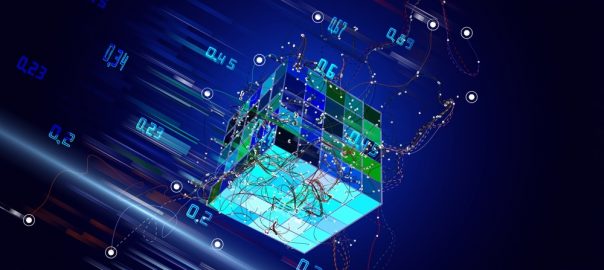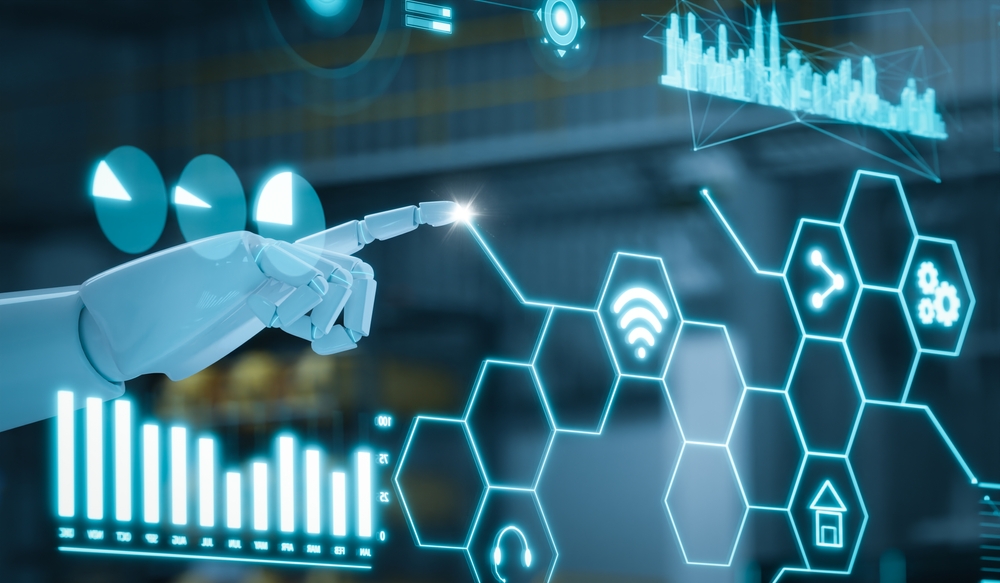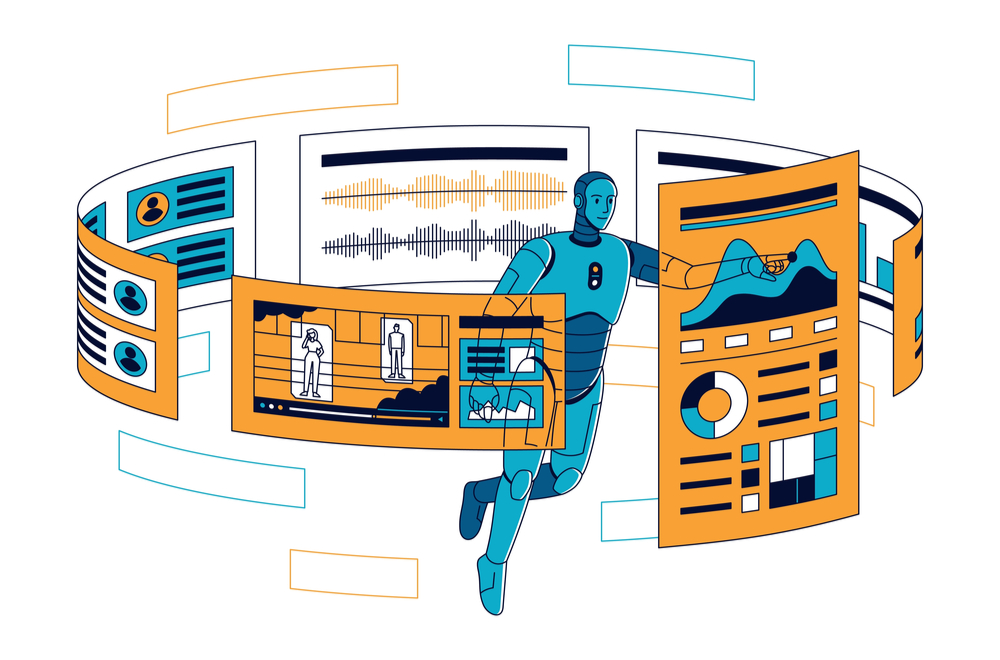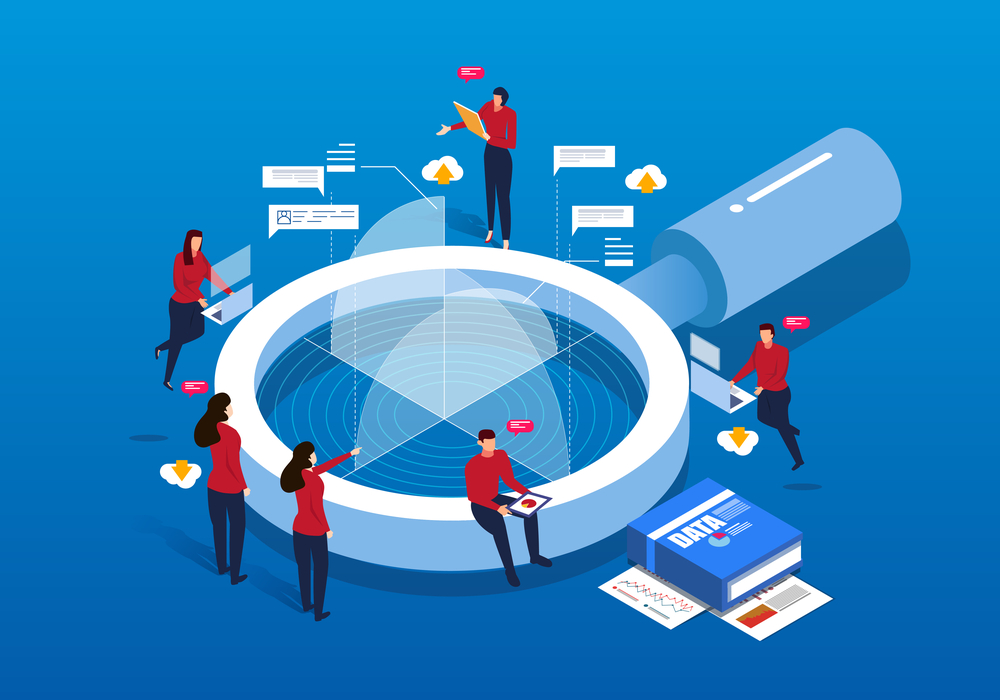According to a recent McKinsey survey, just under one third of organizations have leveraged intelligent technologies across multiple businesses or functions. Scaling intelligent automation (IA) transformation appears to be the most important challenge, and based on my experience, the key limiting factor is that IA projects are typically human-workload intensive — resulting in lengthy and expensive projects.
But what if technology could help organizations implement IA?
New technologies and concepts, recently come to the market, help accelerate and improve the IA implementation process. While most of these technologies are still maturing, they have already delivered significant benefits to the organizations that have adopted them.
IA implementation projects typically include:
- Identification and assessment of IA opportunities.
- Design and implementation, including coding, of IA programs.
- Maintenance of these IA programs.
For each of these three steps, I will describe the new concepts available and their effects.
I. Identification and assessment of IA opportunities
IA opportunities are identified at two levels: process or data. At the process level, two technologies are available: process discovery and process mining. At the data level, the technology is referred to as data discovery.
Selecting the appropriate IA opportunity to implement is critical, but whatever your choice process and data analysis, documentation, assessment, and prioritization are workload intensive. They consist of interviewing, observing, collecting, and analyzing data. As a result, this phase often needs two to six months of work.
Process discovery
The first process discovery technology was launched in June 2018 by Kryon Systems. Here are the key steps it uses:
- A program is installed on user computers. While users are performing their day-to-day work, it seamlessly records their clicks, user interface objects, and their process steps, and it takes screenshots. This data is sent to a machine learning (ML) application for analysis.
- Process assessment. After a few days of recording, you’re left with a dashboard presenting a list of the processes observed. The system ranks them by the potential benefits of their automation by analyzing criteria, such as the length of the process or the number of people performing it.
- Detailed process analysis. The dashboard should let you access documentation for each process, which comes in the form of flowcharts showing process variants.
In my experience, this type of solution helps accelerate IA implementation up to three to five times faster than normal and increases the number of use cases discovered by about two.
Process mining
Launched by startup Celonis in 2016, modern process mining solutions serve the same objectives as process discovery tools. Their difference lies in the way they analyze the process data. As opposed to process discovery solutions, which use computer vision and user-interface object recording, process mining solutions use the logs extracted from systems, such as enterprise resource planning (ERP) systems.
Process mining and process discovery solutions can be used in conjunction to improve an outcome. Process discovery is usually less accurate, but it offers a more comprehensive view of the potential across all processes. In contrast, process mining provides the precise detail of each process execution but only on the systems generating structured logs. Processes performed on other applications like Excel, email, or PowerPoint cannot be recorded.
Data discovery
Finding relationships between data that can drive business value consumes time and resources. Instead of manually testing a hypothetical outcome against a dataset, data discovery solutions scan massive amounts of data to discover thousands of hidden drivers behind strategic business challenges. These solutions also combine company information with external sources (e.g., economy, weather, demographics) to reveal hidden patterns and deeper insights.
For example, a data discovery solution implemented by a global payment company improved fraud detection by 7% — with cost savings of $140 million — in just five weeks.
II. Design and coding of IA programs
Automation code generation
Technology vendors are creating programs capable of directly generating robotic process automation (RPA) code using the outcomes of process discovery or mining solutions. What is so exciting about these programs is their automatic creation and addition of automation workflows directly into the automation design studio. Developers can then further refine the code. In my experience, about 60-70% of the code for most IA projects can be pre-generated — doubling the speed of implementation.
Automated machine learning (AutoML)
While data discovery platforms help data scientists create value by identifying relationships between data, AutoML solutions support data scientists in building their models.
In a typical ML application, data scientists have a dataset consisting of input data points for training. The raw data is not in a suitable format for feeding into algorithms. Instead, a data scientist must apply methods of data pre-processing, features engineering, and selection to make the dataset suitable for ML applications. After these pre-processing steps, data scientists then select algorithms and optimize their parameters to maximize the predictive performance of their ML model. Each of these steps has its challenges and involves significant time and resources. AutoML systems help automate these steps.
III. Autonomous maintenance of IA programs
When organizations deal with hundreds of IA programs, managing the changes and failures is challenging. When organizations combine different technologies to automate end-to-end processes with artificial intelligence (AI), the failure of any of these components often causes the entire process to fail.
One effective way to mitigate this issue is to use a system for predicting and identifying the changes in the program’s environment. Such systems can proactively adjust the environment—if the change is due to an environment failure — or the automation program — if the program needs adjustment. If the system cannot automatically perform the change, it alerts a person to address the issue.
To get started, meet with your IA implementation team to identify where most of their workload is concentrated or where they have the most pain points. These are the areas where you can generate maximum benefit from leveraging these recent technologies.
About Pascal Bornet:
Pascal is a senior advisor to IRPA AI, member of the Forbes Technology Council, author of Intelligent Automation: Welcome to the World of Hyperautomation and is recognized as a Top Voice in Tech with over 300,000 online followers.



 By Pascal Bornet
By Pascal Bornet



